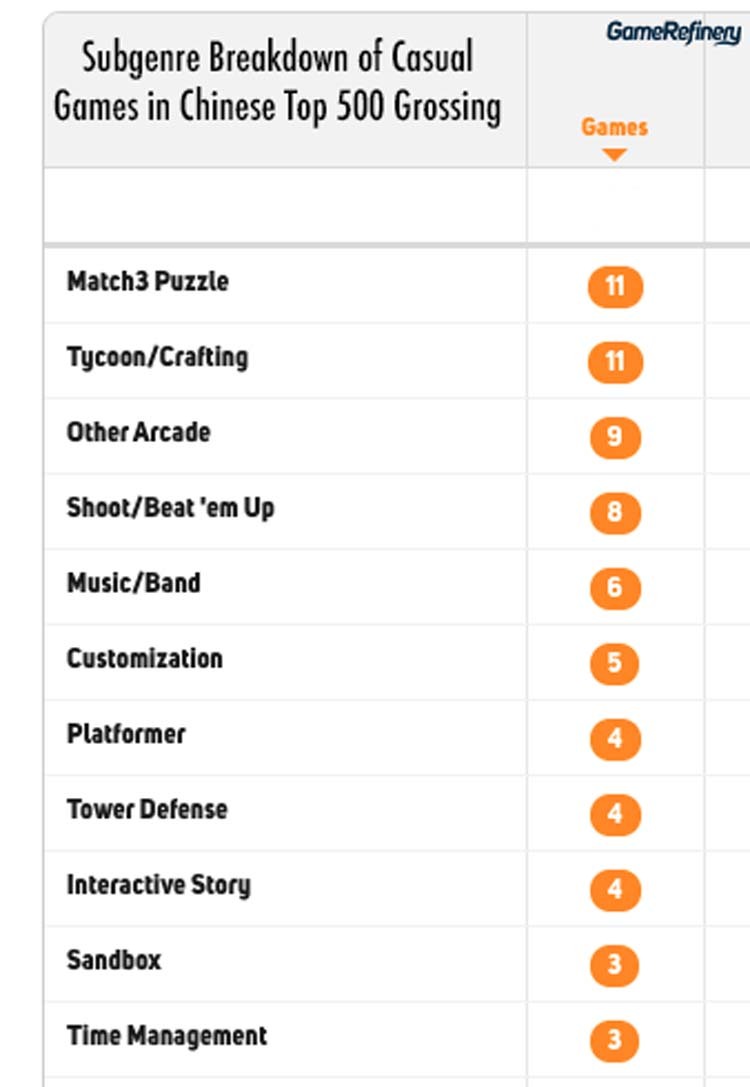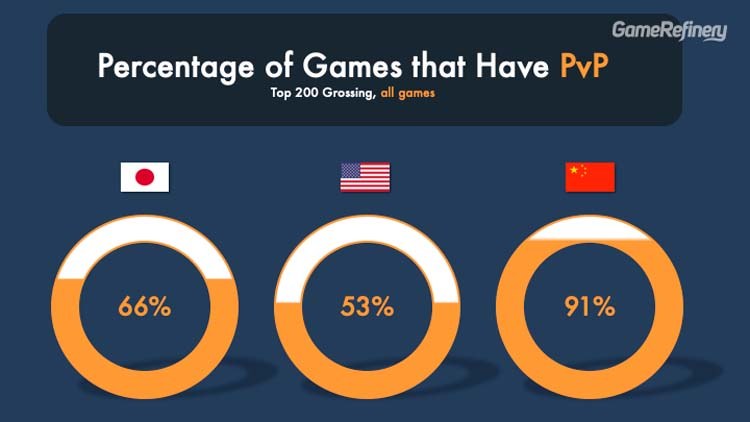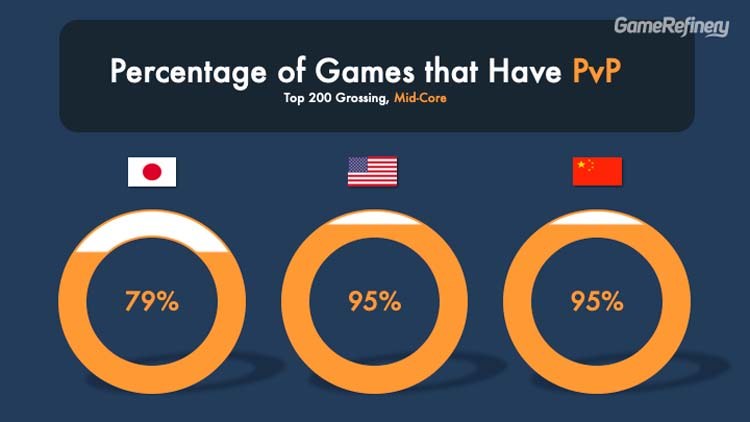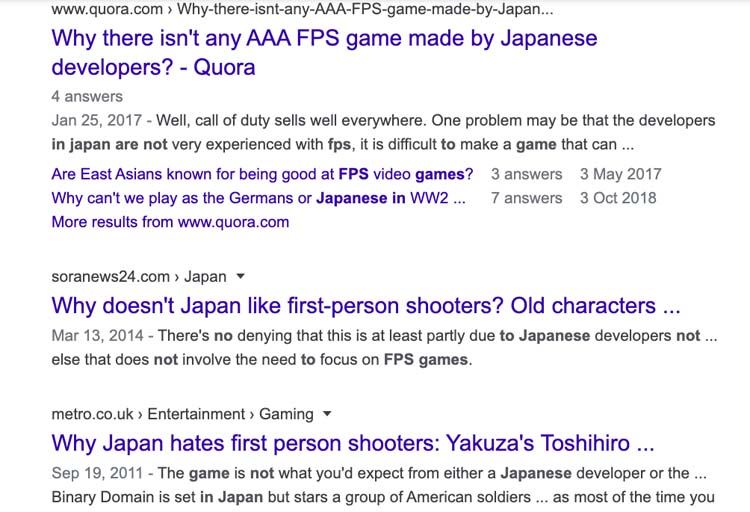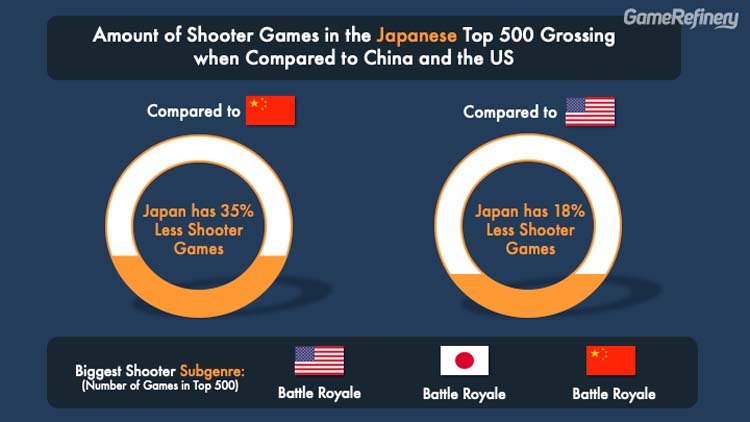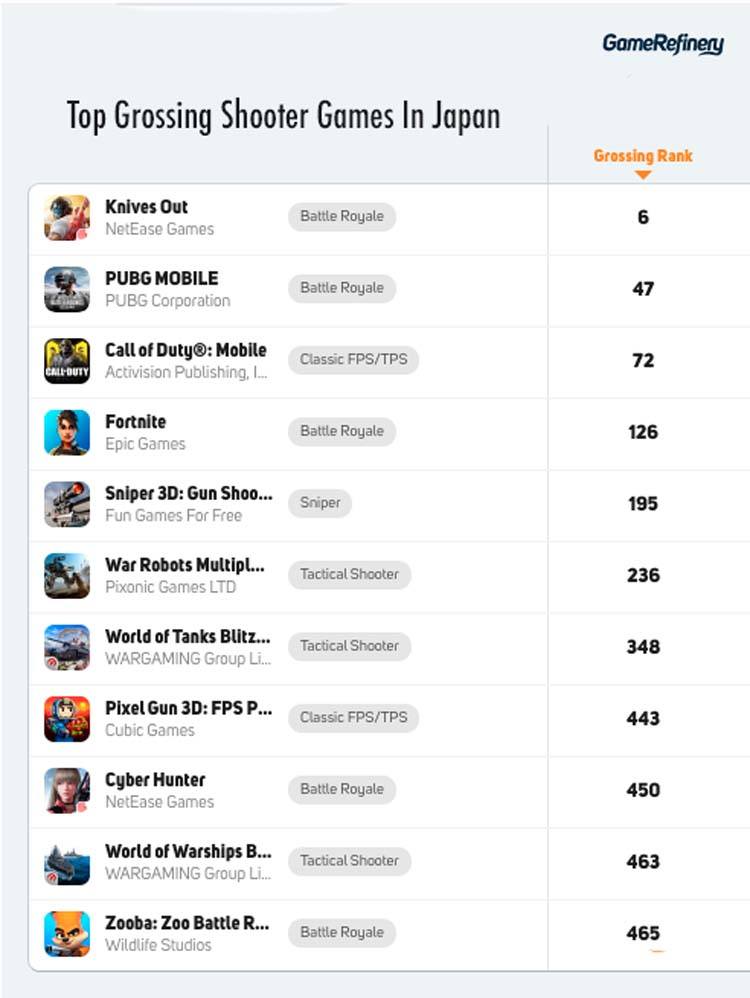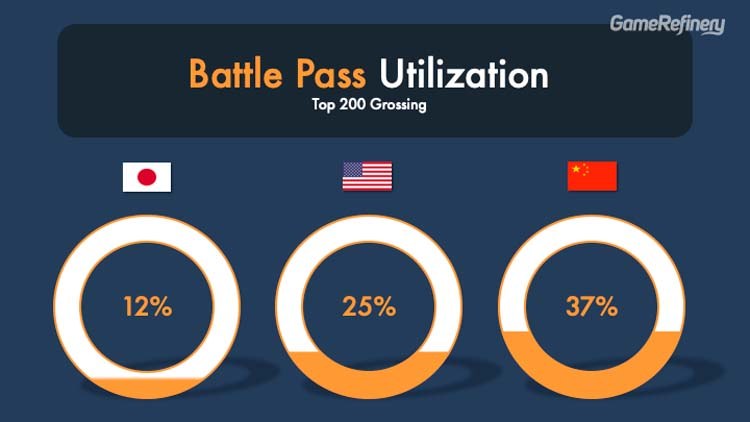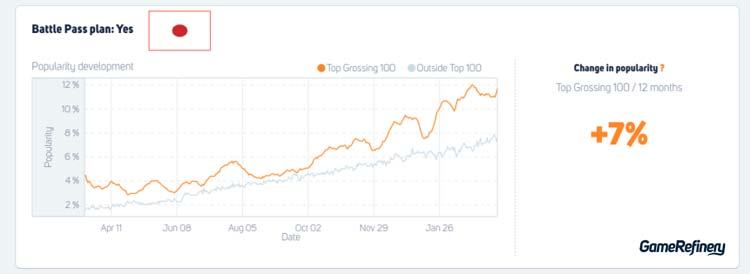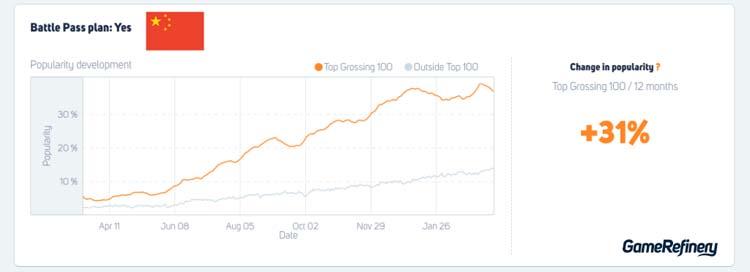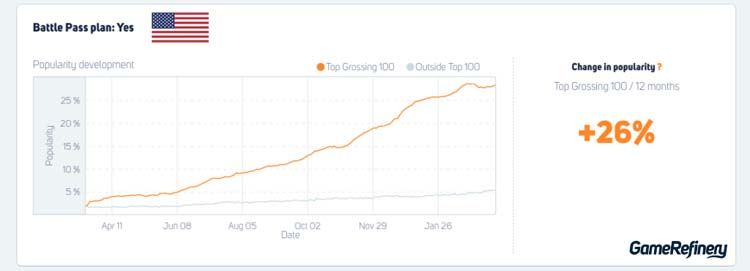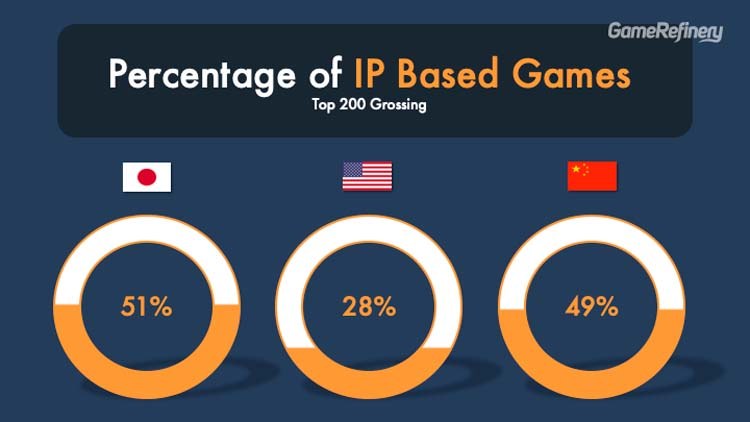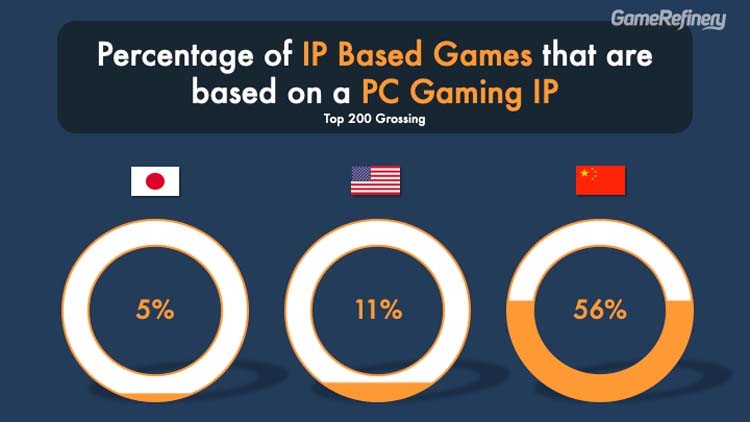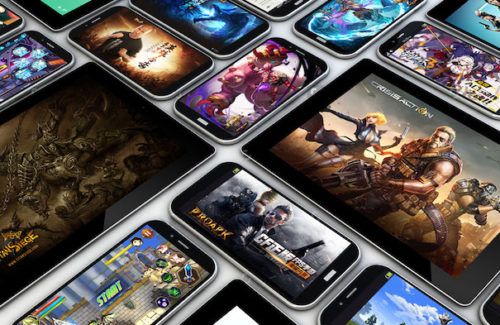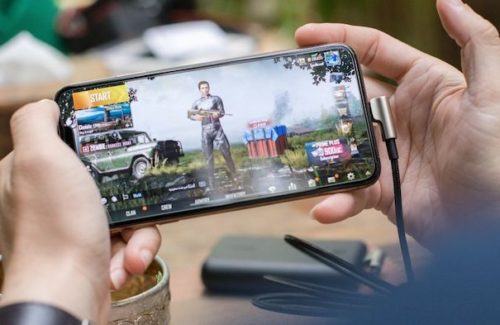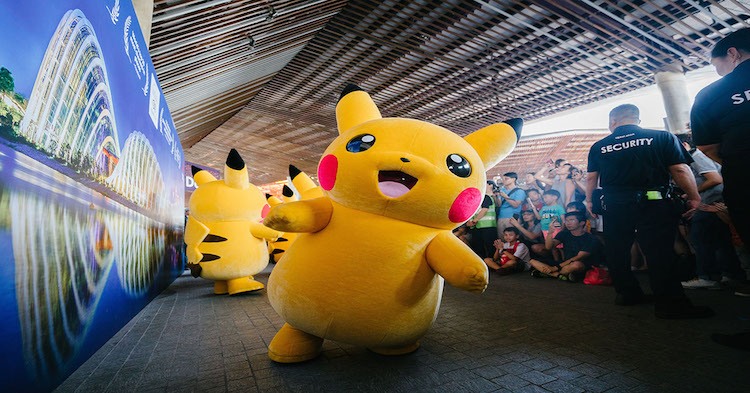
In the West, we often share assumptions about Chinese and Japanese mobile gamers and what makes them tick – but are they really facts, or just myths? For example, are Japanese gamers really scared of spoiling other gamers’ fun? Is battle-pass really that critical to a game’s success in Asia? Do Japanese players really hate shooter games?
To solve these mysteries, we looked at the most recent data of the top iOS grossing games in China and Japan – and this is what we found.
Myth #1: China is not the land for casual games
Many Western developers working in the casual arena often question the Chinese market’s interest in casual games and wonder if they should be focusing on “lighter” experiences. This is often caused by the fact that the Asian country is believed to favour deep mid and hard-core game types that can be experienced through genres such as (MMO)RPGs and 4X strategy games.
What the data says:
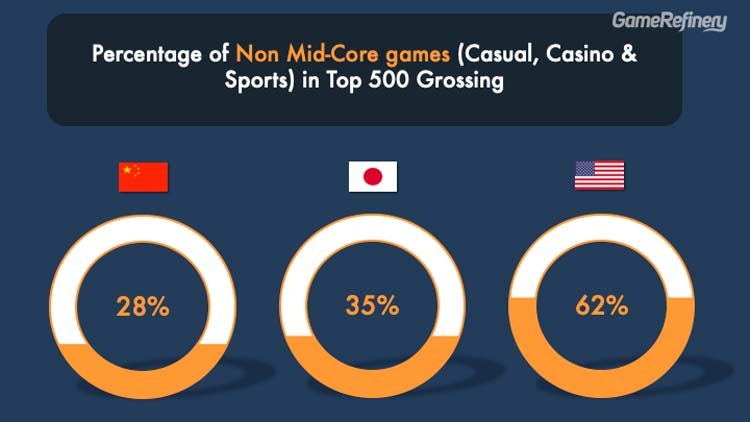
The amount of “casual” (i.e. non mid-core) games in China is much lower than, e.g. in the US
In China, Match3 and Tycoon are the top subgenres inside the Casual genre.
Based on this, it is possible to observe:
- US casual (i.e. non-mid-core) market more than doubles that of China’s.
- Casual subgenres that seem to be working in China include Match3 and Tycoon.
Verdict: More true than false. Data seems to indicate that getting to the top 500 grossing with a casual game is more difficult in China and Japan than in the US. However, this is not to say it’s impossible – some of the most successful foreign games in the market are Playrix’s Scapes Match 3 titles.
Myth #2: Japanese Gamers Prefer Co-op and Single Player Experiences
One common belief about Japanese gamers is their preference for single-player and co-op experiences over player versus player multiplayer action.
What the data says:
Looking at the top 200 grossing market as a monolith, we can observe PvP being more popular in Japan than in the US, but falling short to China. A potential shortcoming of this comparison is the fact that implementing PvP happens to be more challenging in some genres than in others. For instance, in the US, certain popular game genres – such as slots games – don’t bend so well into incorporating PvP.
Perhaps more interesting, then, is to zoom into mid-core, as practically all mid-core sub-genres can reasonably be loaded with PvP. Here, we can see that Japan has fewer PvP games than China and the US. For instance, hit mid-core games such as Puzzles & Dragons and Monsters Strike don’t have PvP.
Your playbook for the new app ecosystem [webinar]
The app stores have been cracked open. Savvy teams are already capitalizing by implementing App2Web and Web2App strategies. Join Paddle’s Lucas Lovell to discover smarter billing tactics.
Register nowVerdict: More true than false. As much as one-fifth of Japanese top-grossing mid-core games have managed to find success without PvP. In the US and China, 95% of top mid-core games utilize PvP.
Myth # 3: Japanese don’t like shooter games, especially FPS
This has to be one of the longest-lasting puzzles relating to Japanese gaming culture. Why have many kinds of shooter, especially FPS games, been marginalized mainly in the Land of the Rising Sun? Is it because the Japanese have a different attitude towards guns and popular FPS themes such as WW2, compared to Americans? Or does the market’s history of neglecting PC-gaming for a substantial period have something to do with this?
What the data says:
It should be noted that we are only looking at Mid-Core FPS/TPS games here, not more casual Shoot Em’ Ups. From this, it’s clear that there are less of these kinds of game than in China and the US mobile charts.
We can see that the Battle Royale genre is the most prominent subgenre in Japan among Shooter games.
Based on this market comparison of shooter games in the US, Japan and China of the top 500 grossing mobile games, we have several interesting findings.
- The amount of shooter games in Japan is lower than in China or the US
- Battle Royale is the most popular Shooter sub-genre in all three markets, including Japan.
- No home-grown shooters exist in the Japanese top 500 grossing market, leaving the market up for grabs for overseas publishers.
The biggest shooter in Japan is NetEase’s Knives Out, which enjoyed a first-mover advantage in this space way before Fortnite, PUBG or Call of Duty managed to blast their way in.
Verdict: more true than false. Japanese gamers are not discriminating shooters, but they aren’t keen on developing them locally either.
Myth #4: You must have a Battle Pass in your mobile game
We have already explored the topic of Battle Pass before and how it has been implemented by many top-grossing games. However, is it actually as commonplace as we believed, particularly in APAC?
What the data says:
The percentage of Top 200 Games that utilize the Battle Pass in Japan, the US and China.
The development of Battle Pass popularity in Japan, China and the US (last 12 months, top 100 grossing).
While the battle pass has seen a surge in China and the US, the same cannot be said about Japan, where non-Japanese titles mostly fuel the (comparatively speaking) modest growth in BP utilization. It remains to be seen when, if ever, Japan-made-games will start experimenting with this mechanic.
Verdict: False. Japanese top-grossing games have not jumped on the battle pass bandwagon (yet).
Myth #5: PC-Sports are all the rage in China
Console gaming has never really had a chance to take off in China due to the bans imposed by the local government. That’s why many popular console brands such as Mario don’t resonate with local gamers the same way they do in other markets. However, the opposite holds for PC IPs, as computers were the number one gaming platform before mobile.
What the data says :
- First, let’s take a look at how popular it is to utilize an IP in general, no matter the type (gaming, movie, anime, etc.).
Next, we can drill down to see what percentage of games utilizing an IP are based explicitly on a PC IP.
- The majority of top-grossing licensed games in China utilize a PC gaming IP. Even IPs commonly associated as console IPs in the West – such as FIFA and Need for Speed – are prominent in China. This isn’t due to their console history but because of their popularity on PC.
- Big PC IPs in China include Fantasy Westward Journey, CrossFire and Perfect World, to name a few.
Verdict: More true than false. In China, half of the top 200 grossing games are based on an IP, and among them, the usage of PC brands is very high, especially when compared to the US and Japan.
In summary
- Casual games are overshadowed by Mid-Core in China, a clear difference to the US
- While having PvP in a mid-core game in the US or China is an absolute must, some of the Japanese mid-core top grossers, such as Monster Strike, can thrive without it.
- Top-grossing shooter games do exist in Japan, but their number is smaller than in the US or China. And where are all the successful made-in-Japan shooters?
- Battle Pass is all the rage in China and the USA. However, the Japanese market shows that it’s not utilized in all markets.
- PC IPs are more widely used among hit games in China than in other markets.



